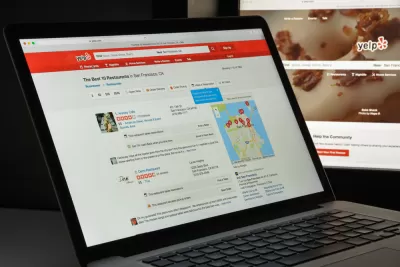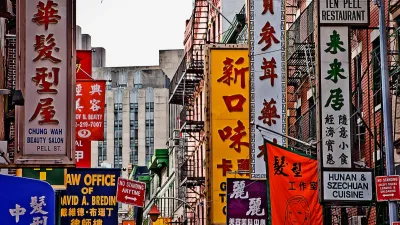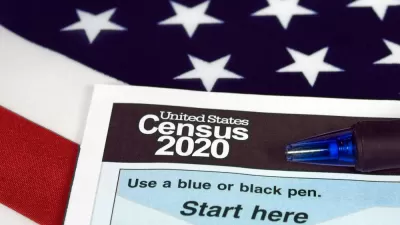As "foodies" venture into new territory in search of exciting food experiences, they contribute to the transformation of urban foodscapes that have been built by people of color.

In today’s urban culture, “ethnic” food is having a moment. Pupusas, banh mi, phó, arepas, dosas, tamales, manakeesh, tacos, kebabs, empanadas, and other “exotic” dishes have become popular among affluent and white consumers keen to explore new flavors and establish their cultural capital and multicultural values. Foodies are skipping acclaimed restaurants in upscale districts for “holes in the wall” in immigrant and low-income neighborhoods to discover “authentic” culinary treasures.
However, as they venture into new territory in search of exciting food experiences, they contribute to the transformation of urban foodscapes — the physical, symbolic, cultural, lived, and imagined food environments — that have been built by people of color, often immigrants, to confront decades of neglect, segregation, and systemic racism by food retailers, investors, and policy makers.
What used to be foodscapes for residents are becoming increasingly cosmopolitan, privileging the tastes of outsiders who will presumably bring revenue, income, and status. The carefully curated foodscapes that emerge to meet new consumer demands erase the history of places, the struggles of residents, and the labor of food workers and ethnic entrepreneurs. Such erasure occurs in the way food and place are described and represented, as well as in the changing rhythm of everyday life and use of space for food production and consumption. Together, these processes create a new sense of place in which long-term residents and businesses no longer belong, pointing at the powerful role of food in contributing to gentrification.
FULL STORY: Are Your Yelp Reviews Causing Gentrification?

Planetizen Federal Action Tracker
A weekly monitor of how Trump’s orders and actions are impacting planners and planning in America.

San Francisco's School District Spent $105M To Build Affordable Housing for Teachers — And That's Just the Beginning
SFUSD joins a growing list of school districts using their land holdings to address housing affordability challenges faced by their own employees.

The Tiny, Adorable $7,000 Car Turning Japan Onto EVs
The single seat Mibot charges from a regular plug as quickly as an iPad, and is about half the price of an average EV.

With Protected Lanes, 460% More People Commute by Bike
For those needing more ammo, more data proving what we already knew is here.

In More Metros Than You’d Think, Suburbs are Now More Expensive Than the City
If you're moving to the burbs to save on square footage, data shows you should think again.

The States Losing Rural Delivery Rooms at an Alarming Pace
In some states, as few as 9% of rural hospitals still deliver babies. As a result, rising pre-term births, no adequate pre-term care and "harrowing" close calls are a growing reality.
Urban Design for Planners 1: Software Tools
This six-course series explores essential urban design concepts using open source software and equips planners with the tools they need to participate fully in the urban design process.
Planning for Universal Design
Learn the tools for implementing Universal Design in planning regulations.
Smith Gee Studio
City of Charlotte
City of Camden Redevelopment Agency
City of Astoria
Transportation Research & Education Center (TREC) at Portland State University
US High Speed Rail Association
City of Camden Redevelopment Agency
Municipality of Princeton (NJ)





























